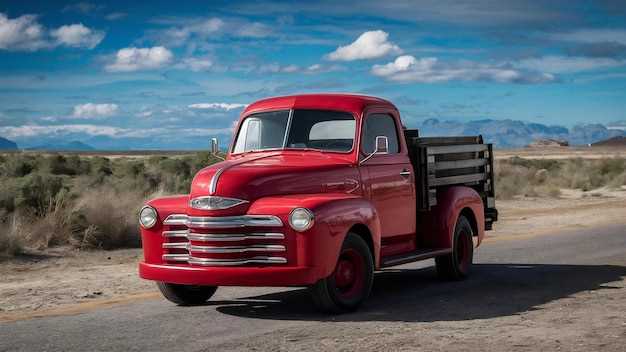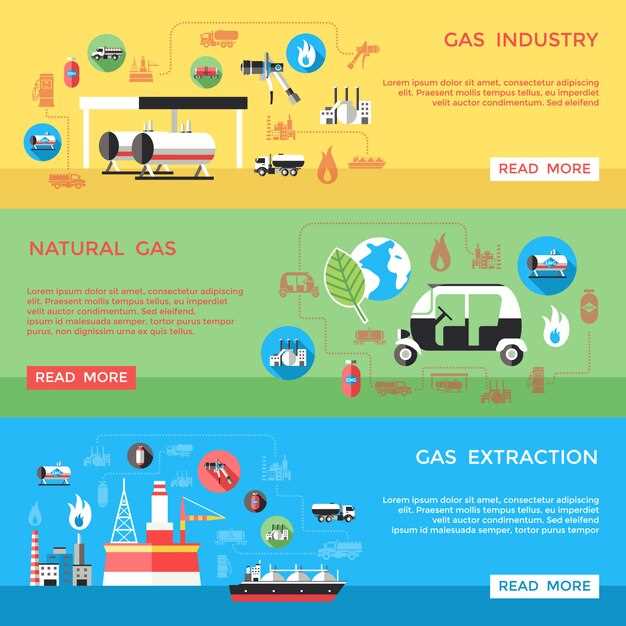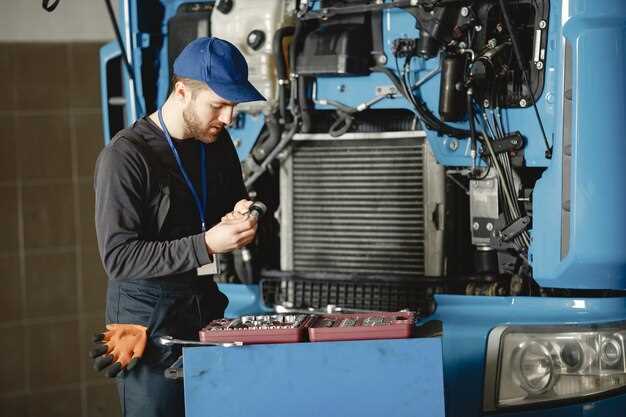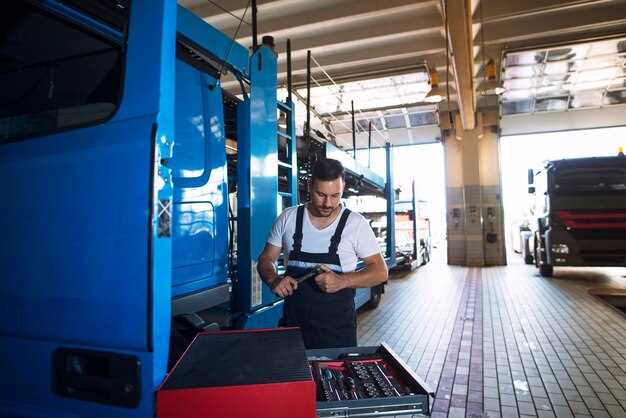
The choice between gas and diesel trucks is a significant decision for many consumers, influenced by various factors such as performance, efficiency, and cost. Understanding these differences is essential for making an informed purchase that meets specific needs. This article aims to break down the key differences between gas and diesel trucks, highlighting their unique characteristics and advantages.
Performance is one of the most notable distinctions between gas and diesel trucks. Diesel engines are known for their superior torque, making them ideal for heavy-duty tasks such as towing and hauling. In contrast, gas engines typically offer quicker acceleration and higher RPMs, which can be advantageous for lighter loads and everyday driving. Each engine type serves different purposes, catering to varying customer requirements.
Another crucial aspect is fuel efficiency. Diesel trucks tend to provide better mileage, allowing drivers to travel longer distances with fewer fill-ups. This is particularly advantageous for those who use their trucks for long hauls or frequent trips. Gasoline engines, while generally less efficient, can be more accessible and less expensive to maintain, appealing to those with lighter usage needs.
Lastly, the cost of ownership plays a pivotal role in the decision-making process. Diesel trucks often come with a higher initial purchase price and increased maintenance costs due to more complicated diesel engine systems. Conversely, gas trucks typically have lower upfront costs, making them more attractive for budget-conscious buyers. However, the long-term savings associated with diesel fuel economy may offset these initial expenses for some users.
Fuel Economy: How Do Gas and Diesel Trucks Compare?
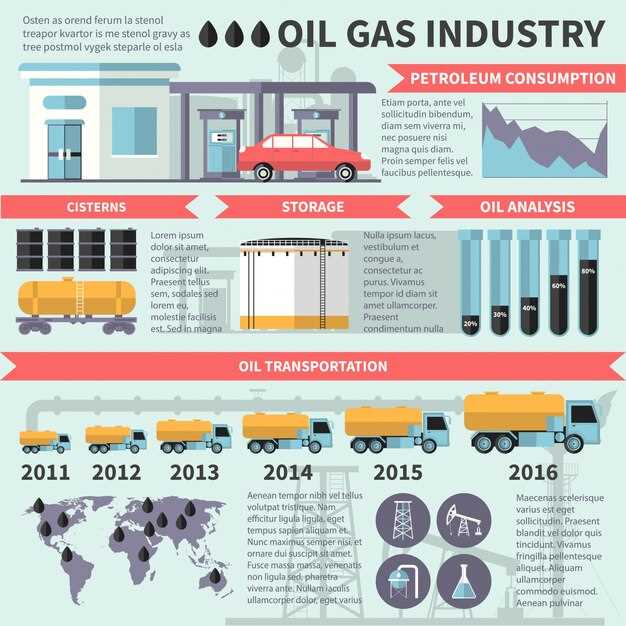
When it comes to fuel economy, diesel trucks generally outperform their gasoline counterparts. One of the primary reasons for this difference is the energy content of diesel fuel. Diesel has a higher energy density, which translates to better mileage. On average, a diesel truck can achieve about 20-30% better fuel economy than a gasoline truck.
Diesel engines operate at a higher compression ratio, leading to more efficient combustion. This efficiency means that diesel trucks can travel further on a gallon of fuel, making them particularly advantageous for long-haul operations. In contrast, gasoline engines tend to use more fuel for the same distance due to their lower efficiency.
However, the initial cost of diesel engines is typically higher than that of gasoline engines. This upfront investment can be offset by lower fuel costs and greater longevity in terms of engine life. Diesel engines are built to withstand higher torque and pressure, often resulting in extended service intervals and durability, contributing to their overall cost-effectiveness in the long run.
It’s also important to consider the types of driving. For short trips and city driving, gasoline trucks might be more efficient due to their responsiveness and lighter build. In contrast, for highway driving and towing heavy loads, diesel trucks excel, maximizing fuel efficiency under these conditions.
Ultimately, selecting between a gas and diesel truck should take into account the specific usage, desired fuel economy, and cost-effectiveness over time. Each type has its advantages, and understanding these differences in fuel economy can help consumers make informed decisions that align with their needs.
Maintenance Costs: What to Expect Over Time?
When comparing gas and diesel trucks, maintenance costs can significantly influence ownership experience and long-term expenses. Diesel engines generally have higher initial maintenance costs due to their complex design and the greater need for specialized equipment and expertise. For instance, diesel engines require more robust components to withstand higher compression ratios, which can lead to increased repair expenses if issues arise.
In contrast, gas trucks typically have lower maintenance costs, as their engines are less complex and repairs tend to be more straightforward. Oil changes, spark plug replacements, and other routine maintenance tasks for gas engines are often cheaper than their diesel counterparts. However, gas engines may require more frequent servicing, which can accumulate costs over time, potentially offsetting their lower per-visit expenses.
Fuel system maintenance also varies between the two types of trucks. Diesel engines require regular maintenance of fuel injectors and filters, which can increase costs and downtime. Gas trucks have simpler fuel systems, but they may encounter issues such as ignition system failures, which can also lead to maintenance expenses.
Overall, while diesel trucks might present higher upfront maintenance costs, they typically offer longer intervals between major services and longer lifespans. Gas trucks, though initially less expensive to maintain, might accumulate costs due to more frequent servicing. Owners should consider their usage patterns, as high mileage and heavy towing may favor diesel trucks and their associated costs over time.
In summary, understanding the maintenance cost differences between gas and diesel trucks is crucial for potential owners. While gas trucks may offer lower routine service costs, the longevity and durability of diesel engines can provide better long-term value, particularly for heavy-duty applications.
Performance and Torque: Which Option Suits Your Needs?

When choosing between gas and diesel trucks, performance and torque are critical factors that can significantly influence your decision. Gasoline engines typically deliver higher RPMs, providing quicker acceleration and a more responsive driving experience. This makes gas trucks ideal for lighter loads and urban driving where swift take-offs and maneuverability are essential.
On the other hand, diesel engines excel in torque production, which is crucial for heavy-duty applications. Diesel trucks generate more torque at lower RPMs, making them better suited for towing and hauling significant weights. This characteristic is particularly beneficial for those who frequently transport trailers, boats, or heavy equipment, as it allows for more efficient pulling power without straining the engine.
Additionally, diesel engines tend to provide greater fuel efficiency when handling heavy loads, translating into cost savings over time for high-mileage users. However, gas engines usually have a lower initial purchase price and can require less maintenance, which some buyers may find appealing if their needs don’t involve heavy towing or hauling.
Ultimately, the right choice between gas and diesel trucks depends on your specific needs. If quick acceleration and urban agility are priorities, a gas truck may be more suitable. Conversely, if you need maximum torque and towing capabilities for heavy operations, a diesel truck is likely the better option. Consider your typical usage patterns to make an informed decision that meets your performance requirements.












